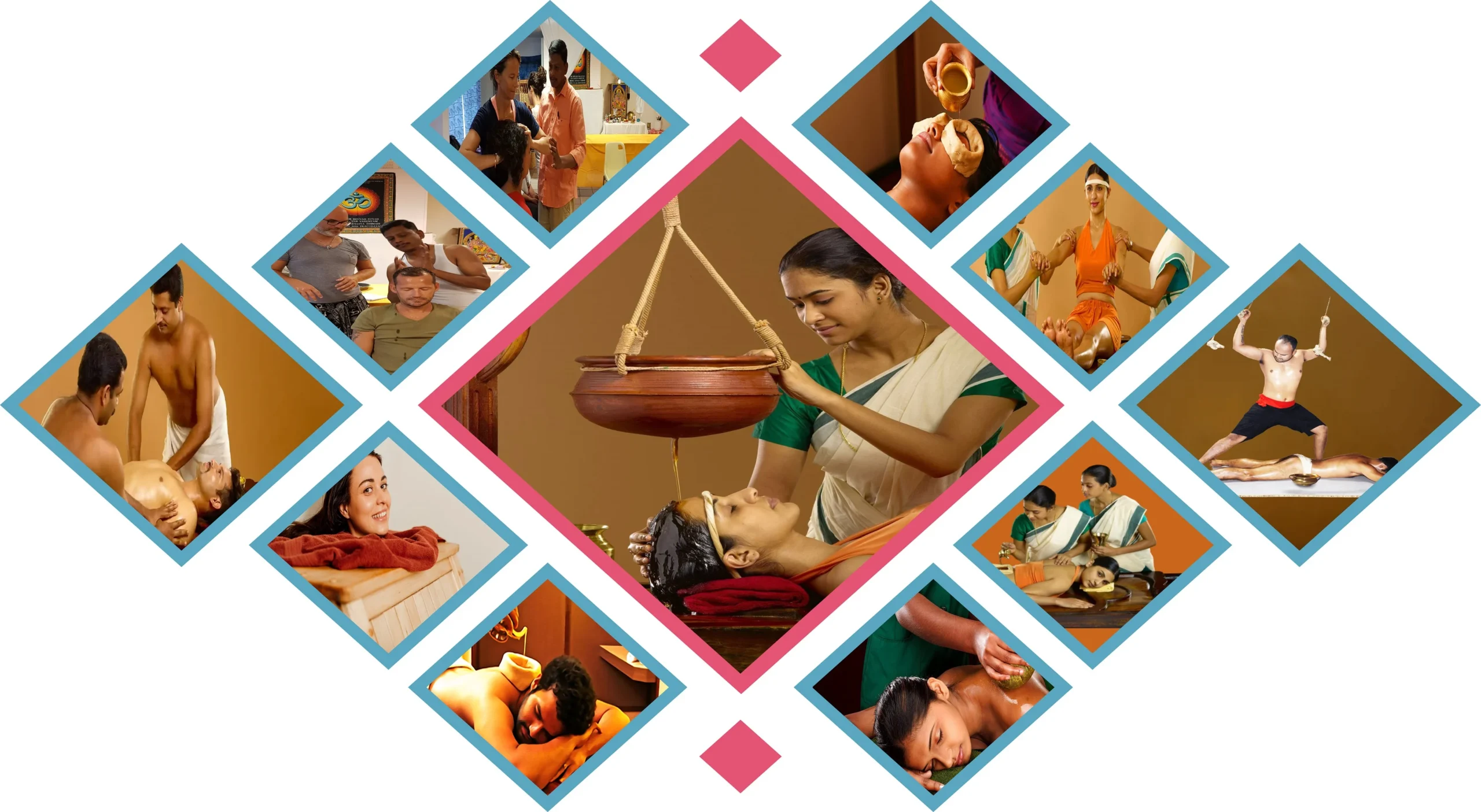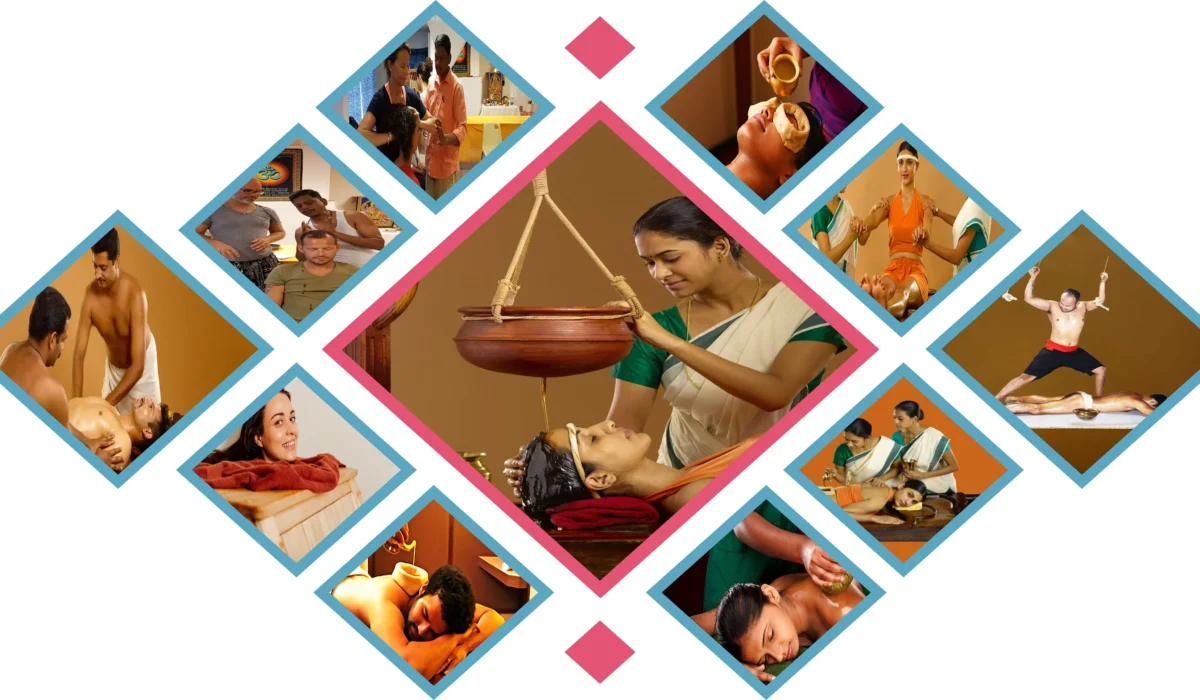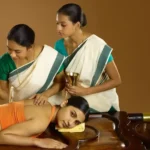Ayurveda Panchakarma Therapy: The Ultimate Detox for Body, Mind, and Soul
In a world that rarely pauses, toxins from processed food, environmental pollutants, and nonstop stress can gradually cloud our vitality. Panchakarma, the classic five-action detoxification system of Ayurveda, offers a deeply restorative reset. Moreover, it does so in a methodical, physician-guided way that respects your unique constitution and current state of health. Consequently, many people experience better digestion, calmer moods, and clearer focus, while also reporting lighter bodies and deeper sleep. Ultimately, Panchakarma is far more than a cleanse—it is a structured return to balance.
What Is Panchakarma, Exactly?
The Sanskrit word Panchakarma translates to “five actions.” Specifically, these are five therapeutic procedures designed to eliminate ama (metabolic waste) and restore harmony among the doshas—Vata, Pitta, and Kapha. Additionally, Panchakarma ignites agni (digestive fire), which Ayurveda identifies as a central determinant of health. Therefore, when agni is strong and toxins are minimal, the body naturally repairs, the mind steadies, and energy stabilizes. Importantly, the five actions are customized by an Ayurvedic physician to match your needs rather than applied as a one-size-fits-all protocol.

The Five Actions (Including Nasyam Therapy)
To begin with, Panchakarma’s core therapies work in complementary ways. Furthermore, each therapy targets a dominant dosha imbalance and a particular set of tissues or channels.
1) Vamana — Therapeutic Emesis
First, Vamana gently induces emesis to eliminate excess Kapha from the upper gastrointestinal and respiratory systems. Consequently, heaviness, congestion, and chronic mucus may reduce. In practice, Vamana is considered only after adequate preparation and strictly under supervision; therefore, it is not a DIY approach.
2) Virechana — Purgation
Virechana uses controlled herbal purgatives to clear excess Pitta through the intestines. As a result, inflammatory heat and certain skin or liver-related concerns may improve. Additionally, people often notice brighter skin and smoother digestion in the weeks that follow.
3) Basti — Medicated Enema
Basti, which employs medicated oils or decoctions as enemas, is the primary therapy for Vata. Accordingly, it nourishes and lubricates the colon, eases dryness and stiffness, and supports the nervous system. Likewise, many find sleep and mood steadier after a Basti series.
4) Nasya (Nasyam Therapy) — Nasal Detox
Nasya—often searched as Nasyam therapy—applies warm medicated oils through the nostrils to cleanse the head and sinus region. Subsequently, many report clearer breathing, reduced sinus heaviness, and sharper mental clarity. In addition, Nasya can complement seasonal detox or support those with recurrent nasal congestion—always as advised by an expert.
5) Raktamokshana — Blood Purification
Raktamokshana traditionally addresses blood-heat and certain inflammatory skin conditions. However, contemporary practice relies on modern, hygienic methods and is considered only in select cases. Therefore, it is not universally included; your physician will determine appropriateness.
Panchakarma Process: Before, During, and After
Crucially, the success of Panchakarma rests on its three-part arc: Purva Karma (preparation), Pradhana Karma (main detox), and Paschat Karma (after-care). Step by step, each phase builds on the previous one.
Purva Karma — Preparation
- Deepana–Pachana (Kindling & Digesting): Initially, light digestive herbs and a simplified diet reduce excess heaviness and prepare the gut.
- Snehana (Oilation): Next, internal ghee (as advised) and external Abhyanga (oil massage) loosen fat-soluble toxins.
- Swedana (Herbal Steam): Then, gentle heat dilates channels so mobilized toxins move toward the GI tract for elimination.
Because the body starts releasing long-stored waste during this phase, people often feel lighter even before the main detox begins.
Pradhana Karma — Main Detox
Afterwards, based on your constitution and goals, your physician selects one or more of the five actions and sequences them safely. Consequently, detox happens without depleting your reserves. Notably, rest, warm water, and mindful pacing are encouraged throughout.
Paschat Karma — After-Care & Rejuvenation
- Diet progression (Samsarjana Krama): Initially, thin rice gruel transitions to lightly spiced soups, then to simple, wholesome meals.
- Rasayana (Rejuvenation): Additionally, targeted herbs, gentle yoga, pranayama, and adequate sleep rebuild strength.
- Lifestyle reset: Finally, you’ll consolidate gains with rhythms that support agni: regular mealtimes, early nights, and thoughtful screen use.
Benefits You Can Expect
Overall, the benefits of Panchakarma tend to be multi-layered:
- Deeper detoxification and lighter digestion
- More stable energy, focus, and mood
- Clearer skin and brighter eyes
- Reduced bloating, stiffness, and brain fog
- Improved sleep quality and resilience to stress
- Stronger immunity and balanced metabolism
Interestingly, many people also notice emotional clarity. Thus, as the body releases physical heaviness, the mind often follows.
Who Should Consider Panchakarma?
Typically, Panchakarma suits individuals who experience sluggish digestion, recurring sinus heaviness (often helped by Nasyam therapy), skin complaints, joint stiffness, chronic fatigue, or seasonal imbalance. Furthermore, people seeking a structured reset after periods of overwork or irregular routines often find it transformative.
Who Should Wait or Avoid?
- Pregnancy or immediately postpartum
- Severe weakness, acute fever, or active infections
- Uncontrolled chronic conditions without physician oversight
Accordingly, always plan Panchakarma with qualified practitioners and, when relevant, with your primary healthcare provider’s knowledge.
Safety & Professional Guidance
Because Panchakarma leverages potent physiological processes, professional assessment is non-negotiable. Therefore, the choice, dose, and timing of therapies—especially Vamana, Virechana, and Basti—must be individualized. Moreover, modern clinics apply strict hygiene, updated techniques, and evidence-informed protocols to enhance comfort and safety.
Duration & Pricing (Transparency Tips)
Generally, comprehensive programs last 7–21 days. However, shorter “intro” series can be designed for beginners or for those with limited time. Additionally, costs vary by clinic setting, physician time, therapy mix (e.g., Basti-focused vs. Virechana-focused), herbal formulations, and accommodation.
For clarity, look for packages that specify:
- Daily schedule (consultation, Abhyanga, Swedana, primary therapy)
- Included herbs, oils, and follow-up check-ins
- Diet progression guidance and after-care plan
Consequently, transparent, day-wise inclusions make it easier to compare offerings and choose confidently.
At-Home Preparation (3–7 Days Before)
- Diet: Gradually move toward warm, simple meals (khichdi, light soups). Avoid heavy, cold, or ultra-processed foods.
- Hydration: Additionally, sip warm water or cumin-fennel-ginger infusions.
- Sleep: Ideally, keep a consistent lights-out time; minimize late screens.
- Mindset: Meanwhile, reduce multitasking; schedule lighter workdays to honor your body’s shift into detox.
What a Typical Day May Look Like
For example, a day in a 14-day program could unfold like this:
- Morning: Gentle wake-up, warm water, breathwork, light consult; Abhyanga followed by Swedana.
- Mid-morning: Primary therapy (per plan: Nasya/Basti, etc.); quiet rest.
- Lunch: Simple, freshly prepared, warm meal; mindful chewing.
- Afternoon: Short walk, journaling, or guided relaxation; herbal tonics as prescribed.
- Evening: Early, light dinner; calming routine for deep sleep.
Notably, your schedule adjusts based on response and goals, ensuring a personalized pace.
How Panchakarma Supports Modern Life
Beyond the clinic, Panchakarma acts as a reset button for habits. Consequently, you may find it easier to maintain regular meals, prioritize sleep, and choose whole foods. Likewise, practices such as Nasya (Nasyam therapy), tongue scraping, and warm oil self-massage can be continued at home as gentle, sustainable rituals.
Integrations with Other Therapies
In many cases, Ayurvedic physicians integrate supportive therapies like Shirodhara (steady warm oil stream over the forehead), localized Kati Vasti for lower back comfort, or Netratarpana for eye rejuvenation. Additionally, yoga therapy, pranayama, and guided meditation deepen the nervous system’s shift from “fight-or-flight” into “rest-and-digest.” Therefore, integration can accelerate results while maintaining gentleness.
Common Misconceptions
- “It’s just a purge.” On the contrary, Panchakarma is a precisely sequenced medical program with preparation, detox, and rebuilding phases.
- “Anyone can do it at home.” However, the risks of unsupervised purgation or emesis outweigh perceived convenience.
- “I’ll feel depleted.” In reality, proper sequencing protects strength; thus, most feel lighter and clearer, not drained.
Frequently Asked Questions
Is Panchakarma safe?
Yes—when supervised. Therefore, choose trained Ayurvedic doctors and reputable clinics that follow modern hygiene and individualized dosing.
What does Nasyam therapy feel like?
Typically, warm medicated oil enters the nostrils and drains toward the throat. Soon after, people describe a clear, open feeling across the sinuses and head.
Will I need time off work?
Often, yes. Because detox redirects energy inward, lighter schedules help your body prioritize healing.
How soon will I notice results?
Initially, most feel lighter within days. Subsequently, deeper shifts in skin, sleep, or mood emerge over weeks.
Can I do only Nasya or only Basti?
Sometimes, yes. Nevertheless, your physician will confirm whether a focused mini-series or a full program suits your goals.
What about diet after Panchakarma?
Gradually reintroduce variety. Meanwhile, keep meals warm, simple, and regular. Ultimately, steady agni safeguards your results.
Medical disclaimer: This article is educational and not a substitute for medical advice. Accordingly, always consult qualified professionals before treatment.
Call to action: Ready for a personalized Panchakarma plan (including Nasyam therapy)? Therefore, book your consultation today and begin your reset with expert guidance.


